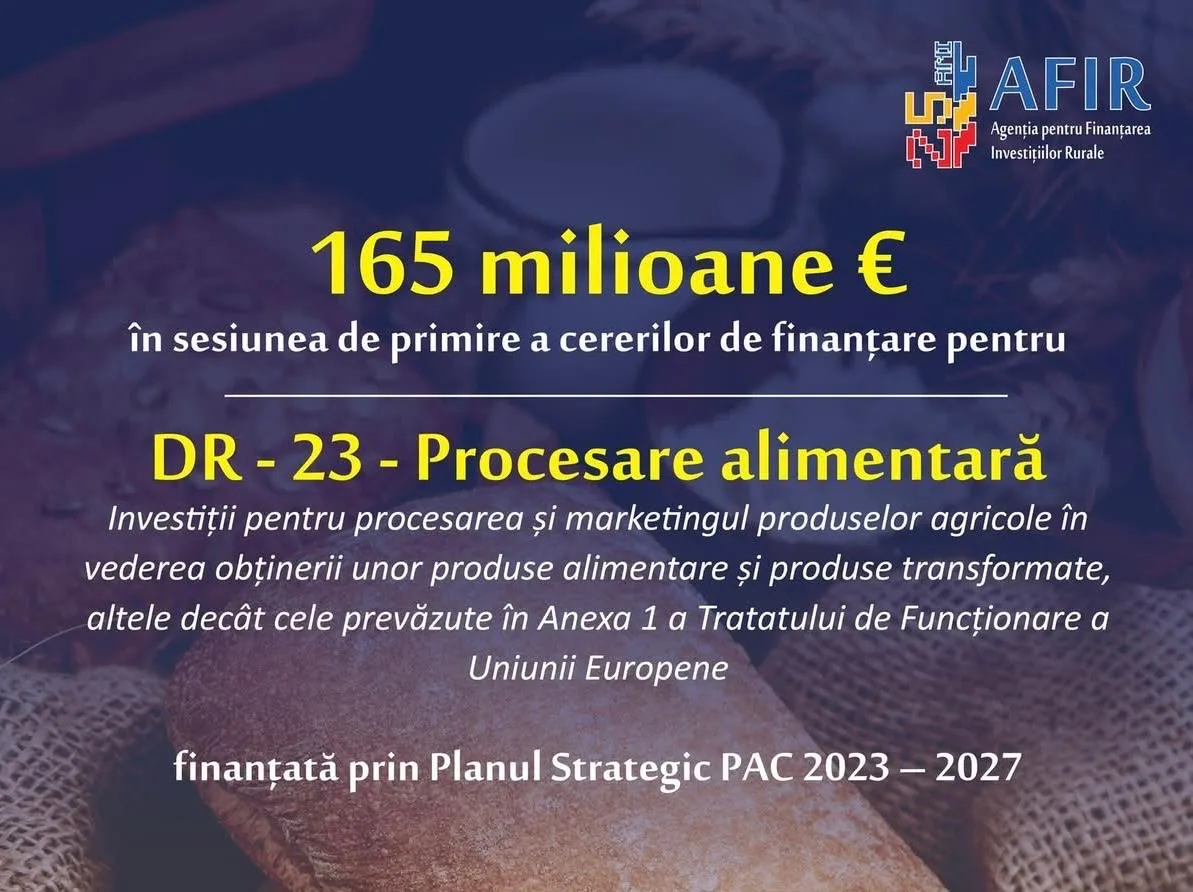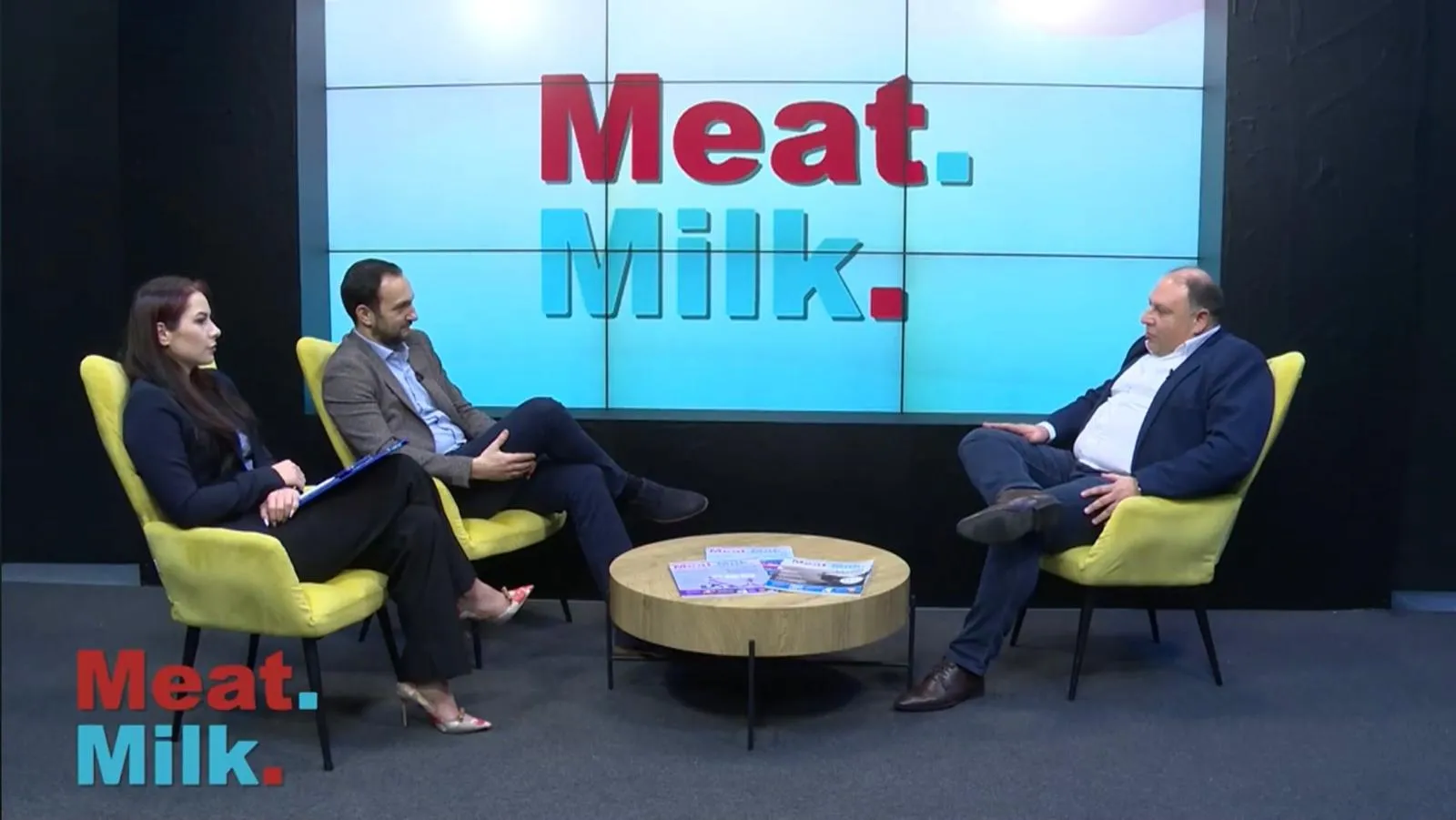
(Down, english version too) O parte dintre crescătorii de porci au devenit adepţi ai furajării lichide. Omogenizarea corectă şi igiena conformă elimină orice pericol, iar avantajele reale ale fermierilor apar vizibil, îndeosebi prin folosirea noilor echipamente complet automatizate şi computerizate. Rezerve nejustificate faţă de un sistem profitabil Procesul de furajare cu hrană lichidă este folosit de mulţi ani, la nivel mondial, în zootehnia suină. Este de altfel opţiunea fermierului să aplice metoda dorită, în funcţie de mărimea efectivului, însă specificul individual al fermei nu a determinat majoritatea crescătorilor autohtoni să aplice această metodă. De altfel, foarte mulţi dintre ei consideră hrana lichidă un avantaj exclusiv în producţia de lapte a scroafelor(?), ignorând reducerea pierderilor, creşterea consumului de hrană sau folosirea de componente furajere ieftine. De aproape patru decenii însă, sunt cunoscute şi utilizate instalaţiile de furajare lichidă a suinelor, îndeosebi în sectorul porcilor de îngrăşat, opţiunea fiind motivată printr-o valorificare mai bună a hranei în sistemul digestiv al animalelor. La aceasta, contribuie consumul ridicat de apă; în fapt unul dintre componentele pastei furajelor lichide (trei litri de apă la un kilogram de furaj solid). Cu toate acestea, hrănirea suinelor cu furaj lichid cere asigurarea unei cantităţi suficiente de apă. Este motivul pentru care se recomandă montarea de adăpătoare pentru maxim opt animale, instalaţii cu un debit mediu de un litru/minut şi o temperatură aproximativă a apei de 18 grade Celsius. Adăpătorile sunt aşezate la înălţimi diferite, încât să faciliteze accesul animalelor, indiferent de înălţimea acestora. Echipamentele de distribuire a furajelor lichide sunt diferite, structura acestora fiind strâns legată de vârsta şi numărul animalelor beneficiare. Oferta instalaţiilor de hrănire cu furaje lichide vine dinspre firmele străine. În prezent, se poate vorbi doar despre echipamente complet automatizate, monitorizarea tuturor etapelor făcându-se computerizat. Caracteristicile relevante ale acestor instalaţii de furajare sunt reprezentate de putere, atenţie la detalii, durata lungă de viaţă, rezistenţa la acizi şi întreţinerea uşoară. Este cunoscut totuşi că, la nivel autohton, multe dintre exploataţiile mai vechi folosesc încă instalaţii destinate hrănirii cu furaje lichide; echipamente depăşite tehnic, care produc pierderi serioase, îndeosebi datorită igienizării precare. Fermele mari necesită tehnologii speciale deoarece, de la un anumit volum al stocului de furaje lichide, o instalaţie de hrănire individuală nu mai poate satura toate animalele, din motive de timp. Se urmăreşte economisirea timpului, concomitent cu efectuarea simultană a mai multor activităţi. Aceasta implică folosirea resurselor computerului, obligat să execute în acelaşi timp diferite programe şi activităţi: pregătirea hranei, împărţirea acesteia concomitent cu modificarea datelor spaţiului fermei, transmiterea datelor către PC sau terminalul portabil, controlul simultan al mai multor cântare, hrănirea din recipienţi separaţi s.a. Tehno-avantaje practice pentru profesionişti Producătorii echipamentelor pentru pregătirea / distribuirea furajelor lichide sunt tot mai preocupaţi de rapiditatea etapelor din circuitul de hrănire (eliminând pierderea de timp cu prepararea în recipiente mici), de amestecarea şi compactizarea pastei furajere într-un recipient mare, de o cântărire cât mai exactă a compuşilor furajului, de o furajare în mai multe etape şi de protecţia mediului. De asemenea, o dozare corectă a furajelor, care să ofere rezultate sigure, se bazează pe grupe de animale omogene, un loc de furajare destinat fiecărui animal şi furajarea simultană. Dozarea cantităţii de furaj lichid, în ultima fază a îngrăşării, previne îngrăşarea neuniformă a animalelor pentru a atinge calitatea maximă înaintea sacrificării. Hrănitoarele pentru furajare lichidă tip Pigs Feeder sunt caracterizate prin creşterea cantităţii de furaj consumat de către animale şi micşorarea extremă a pierderilor, în timpul furajării. Dotate cu câte un buncăr cu volum de 90 de litri, acest tip de hrănitoare poate stoca o mare cantitate de furaj lichid. Competiţia dintre animalele aflate în compartimente este limitată, fiind astfel asigurată o creştere uniformă. Nivelul de umplere a hrănitorului poate fi simplu determinat, datorită transparenţei buncărului de stocare, fapt ce uşurează substanţial munca operatorilor. Cu ajutorul limitatorului de nivel al furajului, cantitatea poate fi ajustată în hrănitor pentru 25 de etape diferite de creştere. Pentru managementul de grup sunt recomandate, mai nou, staţiile furajare tip WEDA. Fiecare animal este identificat de către computerul de control, cu ajutorul unui dispozitiv de emisie-recepţie instalat în ureche, care ajustează cererea de hrană, obţinută de la fiecare animal. Cantitatea de hrană depinde, în mod regulat, de categorie şi de perioada de gestaţie, fiind adaptată automat în acord cu greutatea. Dept urmare, cantitatea de mâncare alocată unei scroafe este dozată în troacă. Odată cu epuizarea acesteia, sistemul opreşte componentele, pentru a proteja tehnologia. Comanda acestui tip de staţie pentru furajare nu este folosită exclusiv ca un computer pentru hrănire, având rolul şi de management al efectivului. Prin intermediul computerului pentru scroafe, operatorul unităţii are la dispoziţie un instrument comprehensiv, dotat cu un control tehnologic inteligent, adaptabil la cerinţele individuale ale animalului. Sistemul este rezistent la defecţiuni, simplu de operat şi îndeosebi bine echipat pentru managementul grupurilor mari. Prezentarea vizuală a unităţii este considerabil îmbunătăţită, prezentând utilizatorului statusul de furajare, al preparării hranei şi a mişcării efectivului. Luminile de status sunt ataşate pe staţia de furajare, în aşa fel încât să poată fi uşor recunoscute din orice poziţie, în interiorul halei. Astfel, dintre principalele avantaje se remarcă: luminile de status, vizibile din toate punctele staţiei de furajare;vizualizarea procesului întregii unităţi;posibilitatea controlului direct a peste 25 de staţii de furajare prin intermediul unui computer;management simplu şi eficient a efectivelor mari de animale.Liquid feeding of pigs A part of pig breeders started to prefer liquid feeding for their pigs. The correct homogenization and consistent hygiene eliminates any danger and the real advantages of farmers are visible, especially by using the new complete automated and computerized equipment. Unreasonable go away attitude from a profitable system The feeding process with liquid food has been used for many years worldwide in swine livestock. There is up to the farmer to apply the desired method depending on herd size, but the properties of individual farms has not led most local farmers to apply this method. In fact, many of them consider the liquid food an advantage especially for the milk production of sows (?), ignoring reducing losses, increasing consumption of food or using cheap feed components. For nearly four decades, however, are known and used liquid swine feeding facilities, especially in the fattening pigs, the option being motivated by a better exploitation of feed in the digestive system of animals. At this it contributes high water consumption; in fact one of the components of liquid feed pulp (three liters of water per kilogram of solid feed). However, pigs feeding with liquid feed require ensuring sufficient water. This is why it is recommended to install waters, one at number of maximum eight animals, installations with an average flow of one liter / minute of water and temperatures of around 18 degrees Celsius. The waters are placed at different heights to facilitate the access, regardless of the height. The distribution equipments of liquid feed are different, their structure being closely related to the age and the number of animals. The offer for the liquid feeding installations comes from the foreign companies. At present, we can only speak of fully automated equipment, monitoring at all stages being computerized. The relevant characteristics of these feeding systems are the power, attention to detail, long life, resistance to acids and easy maintenance. It is known, however, that at the local level, many of the old farms still use plants for feeding with liquid feed, technically outdated equipment that produce serious losses, mainly due to poor hygiene. Large farms require special technology because, from a certain volume of liquid feed stock, an individual feeding system cannot saturate all animals, for reasons of time. It aims to save time, while performing several tasks simultaneously. This involves the use of computer resources, required to perform in the same time various programs and activities: feed preparation, portioning simultaneously with the modification farm data space, the transmission of data to the PC or to a portable device, simultaneous control of multiple scales, feeding from separate container etc. Technological practical advantages for professionals Manufacturers of equipment for preparing- distributing liquid feed are increasingly concerned for the speed of the circuit feeding stages (eliminating the loss of time when preparation in small containers), feed mixing and compaction of feed paste in a large container for accurate weighing of feed compounds, a feeding in several stages and environmental protection. Also, correct dosage of feed, which provides reliable results, is based on homogeneous groups of animals, a feeding place for each animal and simultaneous feeding. Dosage amount of liquid feed in the last phase of fattening prevents uneven fattening of animals in order to reach the maximum quality before slaughter. Pig Feeders for liquid feeding are characterized by increasing the amount of feed consumed by animals and reducing losses during feeding. Equipped with a hopper with the volume of 90 liters, this type of feeders can store a large amount of liquid feed. Competition between animals in the compartments is limited, being thus ensured uniform growth. The filling level of feeders can be simply determined due to transparent storage bunker, fact which significantly facilitates the work of operators. With the help of level limiter, the quantity may be adjusted in the feeder for 25 different growth stages. For the group management are recommended WEDA type feeding stations. Each animal is identified by the control computer using a transceiver device installed in the ear, which adjusts demand for food obtained from each animal. The amount of food depends, on a regular basis, by the class and gestation period, being automatically adjusted according to weight. As a matter of fact, the quantity of feed for sows is dosed in the feeder. When the feeder is empty, the system components turn off to protect the technology. The control of this type of feeding station is not used exclusively as a computer for feeding, having a role in the herd management too. Through the computer sows the unit operator has a comprehensive tool, equipped with an intelligent control technology, adapted to the individual requirements of the animal. The system is fault-tolerant, simple to operate and particularly well equipped to manage large groups. Visual presentation of the unit is significantly improved, showing to the user the status of feeding, food preparation and movement of livestock. Status lights are attached to the feeding station, so they can be easily recognized in any position inside the farm hall. Thus, the main advantages are notably: - Status lights visible from all points of feeding station; - Visualization of the whole process units; - Possibility of direct control of over 25 feeding stations through a computer; - Simple and effective management of large herds of animals.





